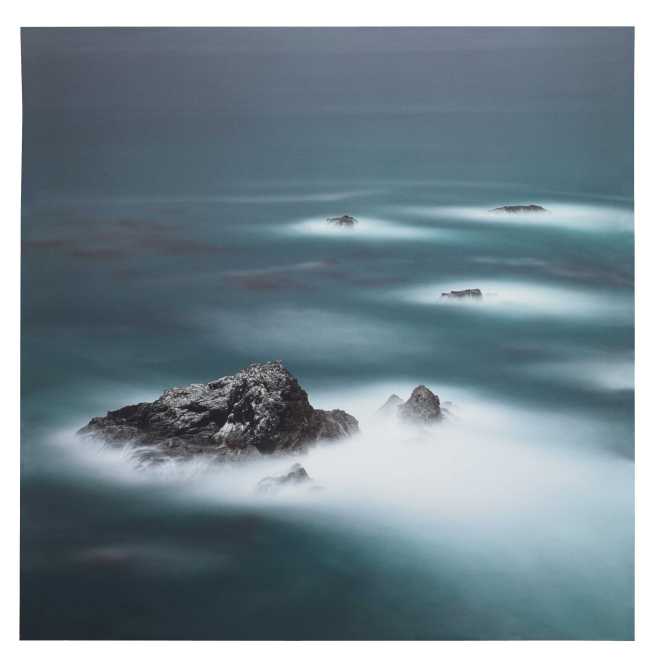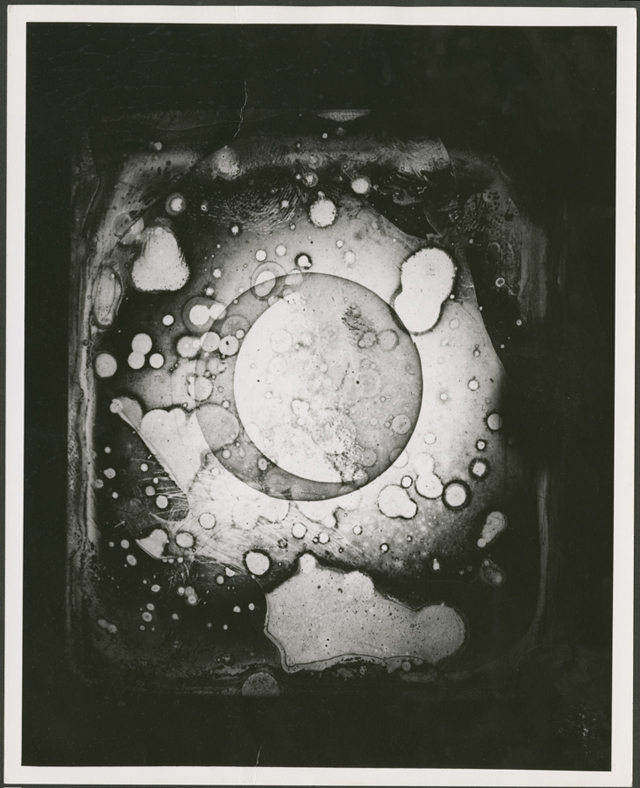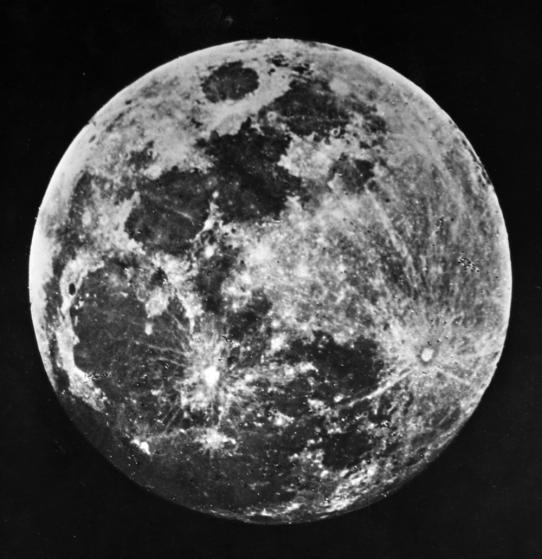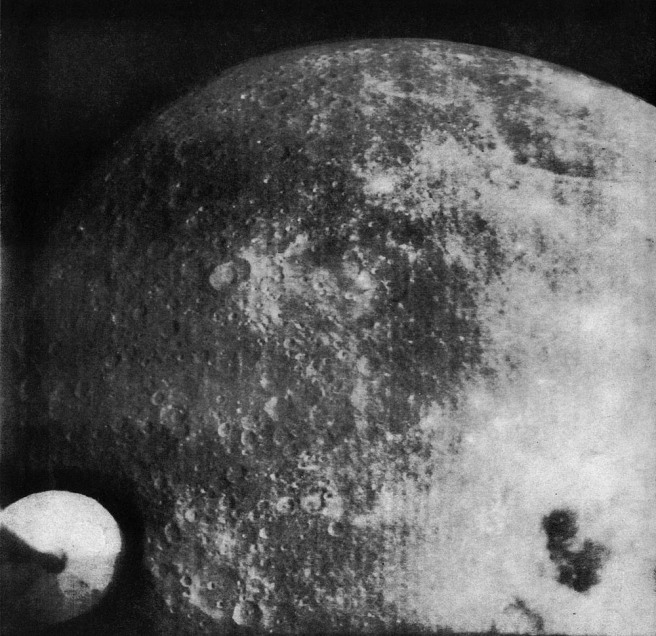 Photographer Darren Almond uses the full moon to light his landscapes, and the results are otherworldly, frothy and strange, with muted colors and streaks of brightness as stars move across the sky. “With long exposures, you can never see what you are shooting,” said in an interview with The Guardian. “But you are giving the landscape longer to express itself.”
Photographer Darren Almond uses the full moon to light his landscapes, and the results are otherworldly, frothy and strange, with muted colors and streaks of brightness as stars move across the sky. “With long exposures, you can never see what you are shooting,” said in an interview with The Guardian. “But you are giving the landscape longer to express itself.”
Moonlight has always felt rather magical; I think it helps reveal things that are normally concealed. It shows the landscape at its softest, most vulnerable. Like people, who undress at night and slip under the covers, turning toward each other in quiet intimacy, the earth slowly disrobes as the moon rises, shedding layers of shadow and light until only the thing itself is left. You have to strain your eyes and open your apertures to see it. You have to wait. Steady, still. Continue reading



